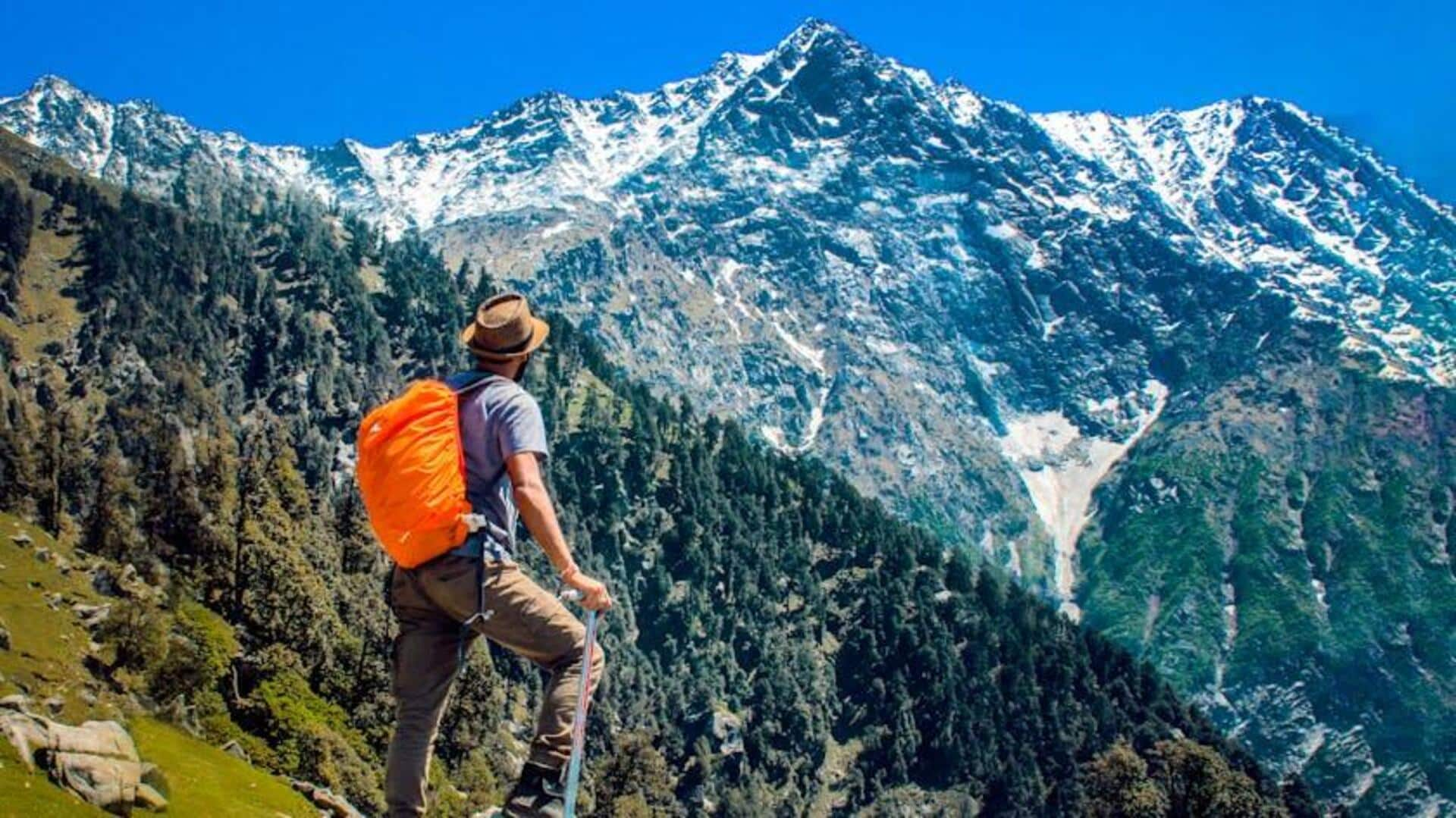
Master high-altitude breathing with these exercises
What's the story
The thin air at high altitudes can make breathing difficult due to lower oxygen levels.
This article details five exercises designed to increase lung capacity and efficiency, helping you enjoy high-altitude adventures with less strain.
These easy but beneficial exercises are perfect for anyone preparing for a high-altitude trek or climb and wants to improve their breathing capacity.
Diaphragm
Diaphragmatic breathing for stronger lungs
Diaphragmatic breathing, or belly breathing, requires you to breathe "deep into the belly," fully engaging the stomach, abdominal muscles, and diaphragm during inhalation.
This technique draws in a maximum amount of oxygen with each breath, increasing efficiency, and strengthening respiratory muscles.
Just 10 minutes of daily practice can drastically improve lung capacity, and it is particularly helpful for high-altitude hikers.
Interval
The power of interval training
Interval training alternates between high-intensity exercise and periods of rest or lower-intensity exercise.
This method not only enhances cardiovascular health but also expands lung capacity by training the body to utilize oxygen more efficiently.
By integrating interval training into your regimen two to three times a week, you can condition your respiratory system for the challenges of high-altitude environments.
Plyometrics
Plyometric exercises: Jumping into action
Plyometric exercises are high-intensity, explosive movements that build strength, speed, and endurance.
Activities such as jump squats and box jumps elevate your heart rate quickly, pushing your lungs to adapt and become more efficient at taking in and using oxygen.
Incorporating plyometrics into your workout routine twice a week can greatly improve your breathing capacity at high altitudes.
Yoga
Yoga: Breathe better at any altitude
Yoga isn't only great for flexibility and stress reduction; it's also a powerful tool for enhancing lung capacity and efficiency, thanks to various breathing exercises such as Pranayama.
By practicing yoga regularly, you can train your body to adopt deeper, more controlled breathing patterns. And, these are crucial for excelling in low-oxygen environments like high altitudes.
Swimming
Swimming: The ultimate lung workout
Swimming offers a distinct resistance because of water density, it's a fantastic exercise for improving lung capacity and strength.
The act of taking controlled breaths while swimming helps your lungs become more efficient at supplying oxygen to your body.
By including a couple of swimming sessions in your weekly workout schedule, you can significantly increase your endurance and performance for high-altitude conditions.